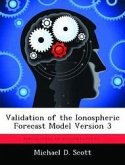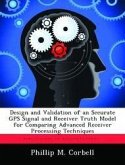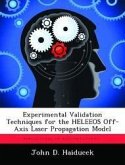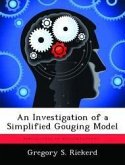The phenomenon of high speed impact is of great interest to the Air Force Office of Scientific Research and the Air Force Research Laboratory's Holloman High Speed Test Track. Rocket sled tests at the facility frequently are limited to velocities lower than actually attainable due to damage to the rail in the form of gouges. Direct observation of this gouging phenomenon is not currently possible. This leaves computational modeling as the only means to study the phenomenon. A computer model has previously been used to model the development of gouging at the Holloman High Speed Test Track. However, this model has not been experimentally verifiable due to its complexity.This research is primarily concerned with comparing experiment and analysis of a simplified gouging model. This simplified gouging experiment utilized a 30 mm powder gun to shoot cylindrical projectiles at a target at oblique angles. Computer simulations of the event overestimated penetration depths by 13 to 29 percent, which is well within acceptable limits.Using dimensional analysis, the simplified gouging model was scaled up to an equivalent sled system model. While this equivalent system does not actually exist, it does give reasonable estimates for similar sized systems.
Hinweis: Dieser Artikel kann nur an eine deutsche Lieferadresse ausgeliefert werden.
Hinweis: Dieser Artikel kann nur an eine deutsche Lieferadresse ausgeliefert werden.








